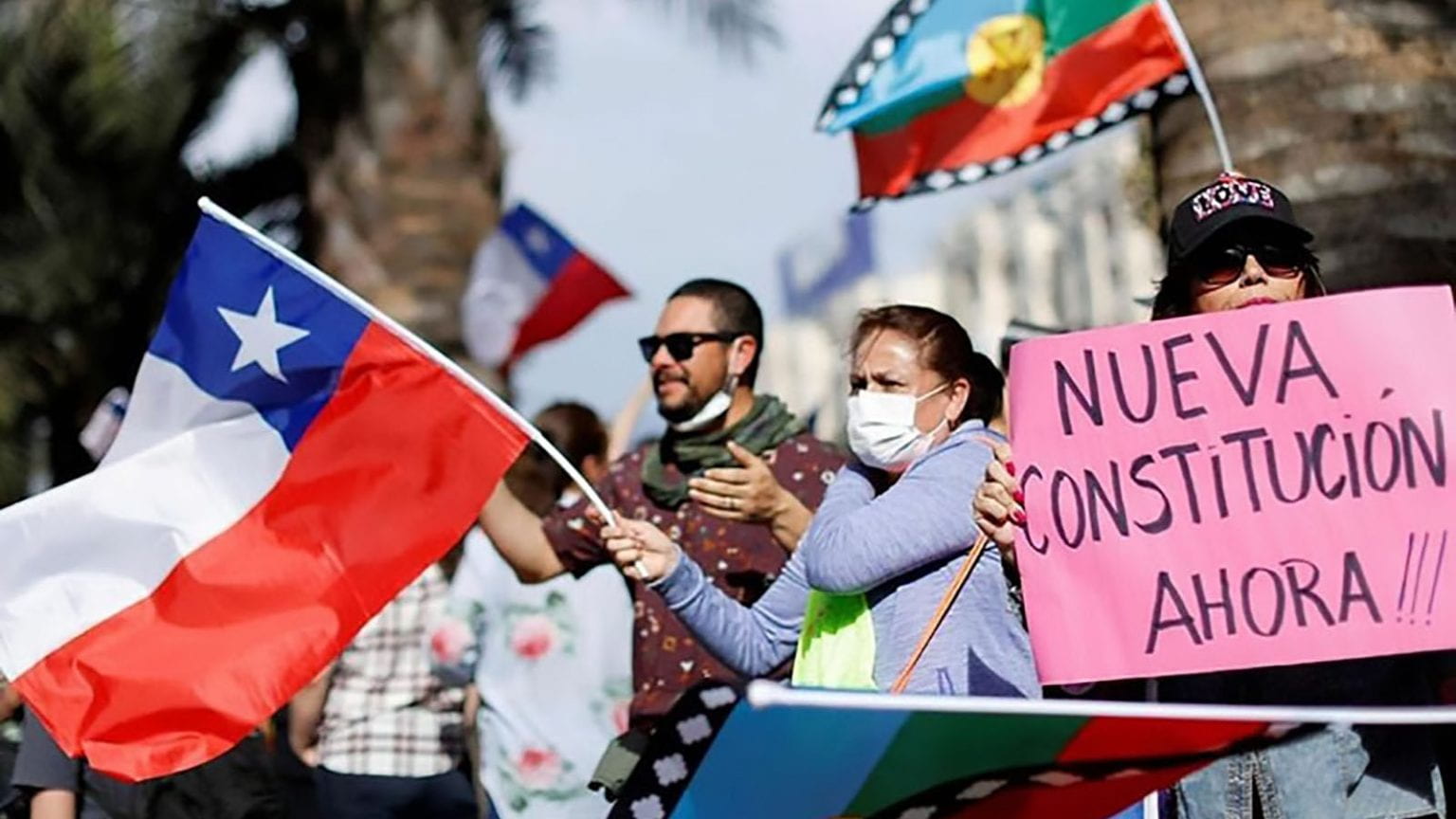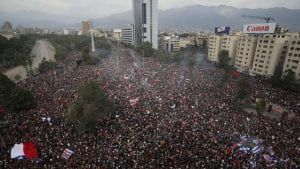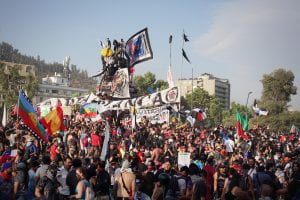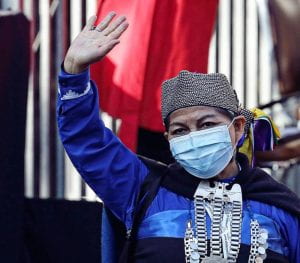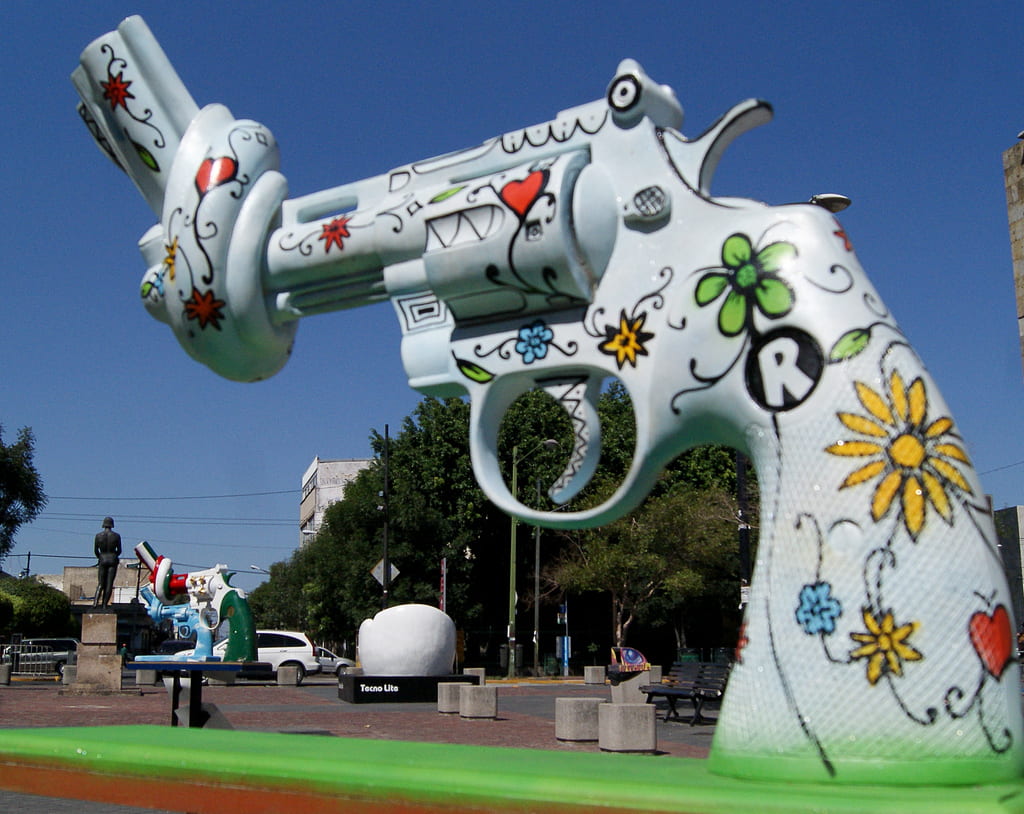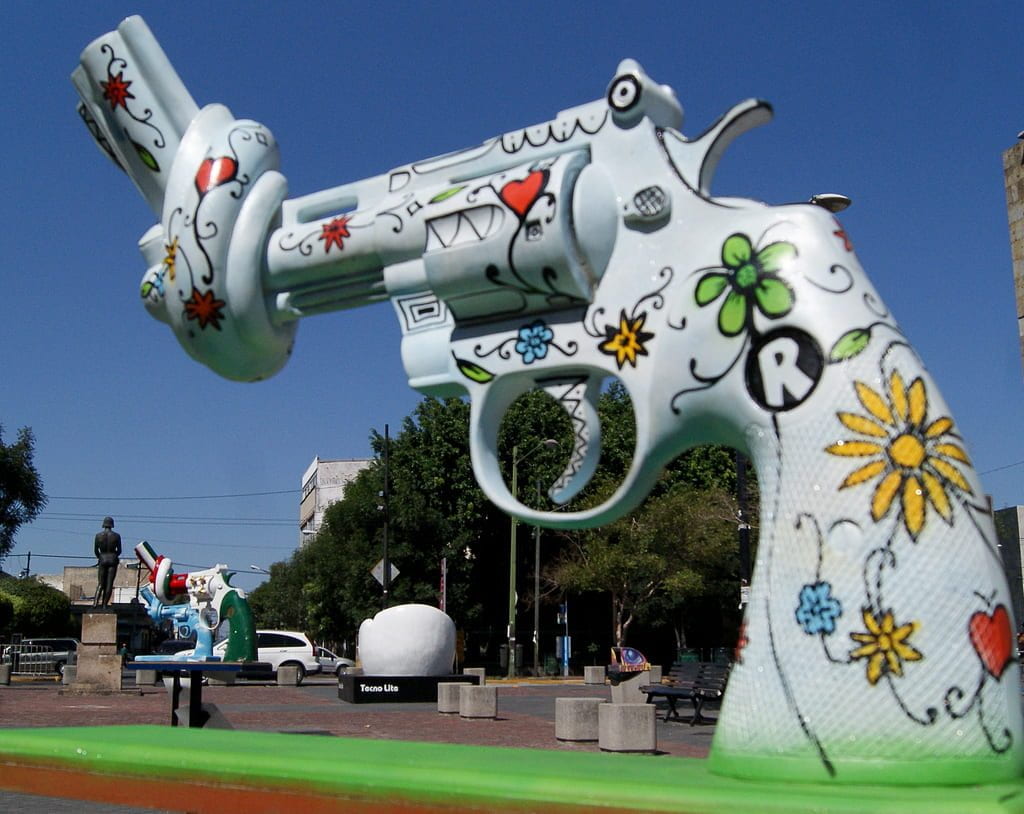by Caitlin Cerillo
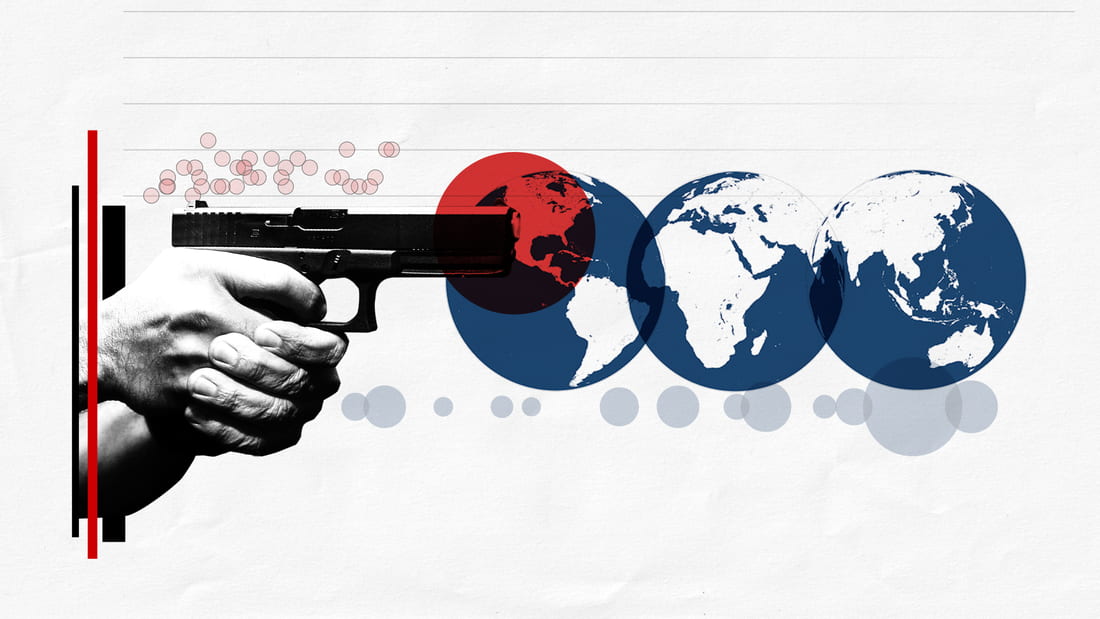
Gun violence has always posed a serious threat in the United States. Gun violence can come in many forms, such as homicides, suicides, accidental shootings, mass shootings, and more. It is important to notice that this blog will be about gun violence in the context of the United States. Recent decades have seen a significant spike in acts of gun violence, particularly mass shootings. Although a universally agreed-upon definition of what exactly constitutes a mass shooting does not exist, it generally entails around a minimum of four individuals being shot and/or killed. This does not have to include the perpetrator.
According to the Gun Violence Archive, well over 600 mass shootings occurred in 2023 alone. These shootings result in the lives of innocent individuals being taken, as they can occur in a wide range of places. These include places of worship (like synagogues and churches), concerts, movie theaters, grocery stores, educational institutions, parades, sports events, and more. Just six years ago, the deadliest mass shooting in United States history occurred at a country music festival in Las Vegas. This resulted in the death of 60 people and over 400 injured.
While I have not been directly affected by a mass shooting, I vividly remember hearing about mass shootings in schools since I was in elementary school. The first one was the shooting that occurred at Sandy Hook Elementary School in Newtown, Connecticut, in 2012. A few days after the shooting, I remember my fourth-grade teacher speaking to us about the precautions our class would have to take in the event we were to encounter an active shooter in our school. In 2018, the Marjorie Stoneman Douglas High School shooting occurred when I was in 10th grade. I remember being afraid to go to school the next day. Since then, mass shootings have continued to happen each day, where innocent lives have been taken. People should not have to fear going to school, practicing in places of worship, seeing a movie in a theater, attending their favorite artists’ shows, or going to the grocery store. They should not have to plan places to hide in the event of an active shooter. This poses a number of important questions: Why is gun violence, specifically mass shootings, such a huge problem in the United States? What does this mean for United States citizens’ safety? What can be done and has been done to prevent these acts of terror?
The U.S. in Relation to Other Developed Countries
The context of mass shootings in relation to other countries is important to take into consideration when understanding the significance of this issue. In comparison to other developed countries, which are defined as states with a high Human Development Index (HDI), the United States surpasses all of them regarding the occurrence of mass shootings. According to data retrieved by Jason R. Silva from William Paterson University, “the US is the only developed country where mass shootings have happened every single year for the past 20 years.” Silva is an assistant professor in Sociology and Criminal Justice with a Ph.D. in Criminal Justice. He specializes in the area of mass shootings, media and its relation to crime, and violence in educational institutions. To find his data, Silva uses the same general definition of mass shootings mentioned earlier in this article: a minimum of four individuals either shot or injured, not including the shooter.
One of the leading causes of the United States’ high rates of mass shootings compared to other countries could be the relaxed gun laws and policies—or lack thereof. Gun control has become a heated topic of discussion among United States citizens, and the debate regarding its effectiveness has gained traction due to the heightened occurrences of mass shootings. Gun control can come in many forms, like the outright ban of specific gun models like the AR-15 and other assault-style weapons, the implementation of universal background checks, safe storage laws, or stronger requirements for those who want to purchase guns. Gun control does not necessarily mean that all guns will be eradicated from the country, which is a popular assumption among opponents of gun control.
Opponents of gun control and regulation also argue that it would violate the Second Amendment of the Constitution, which guarantees the “right to bear arms.” The Second Amendment possesses some relevant historical context, as it was originally intended to grant United States citizens the Constitutional right to form “a well-regulated militia” to protect their communities during the Revolutionary War. However, the context of society has changed. These state militias—while still existing in some states—do not serve the same purpose they did centuries ago. Proponents, on the other hand, assert that the protection of the Second Amendment comes at the cost of protecting people from senseless acts of gun violence.
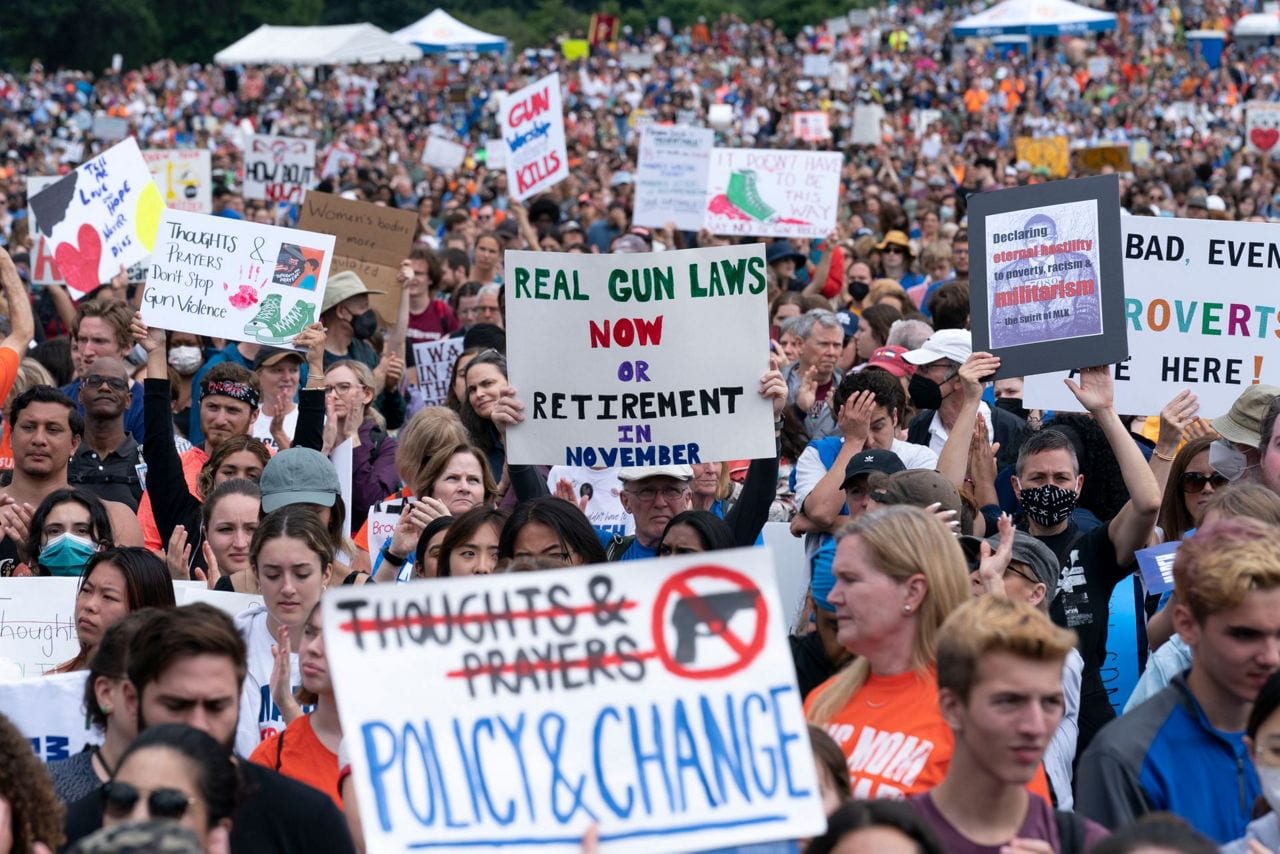
The Role of Gun Culture
United States gun culture can also be a contributing factor to the nation’s ever-growing rise in mass shootings and gun violence. “Gun culture” refers to the specific attitudes, beliefs, behaviors, and feelings that society (or any social group) possesses regarding firearms. The term was first coined by Richard Hofstadter in 1970, who published an article titled “America (United States) as a Gun Culture,” which critiqued the country’s normalization and glorification of guns. This article was far ahead of its time, and I recommend giving it a read if you’re interested in learning more about the history of the United States’ gun culture.
In the article, Hofstadter talks about the historical context of the United States’ fascination with guns. It began as early as the Revolutionary War when the Pennsylvania rifle was used by British troops. Since then, guns have become integrated into everyday life, from hunting for food to entertainment and sport. Even in modern popular culture, the depiction of guns is typically associated with famous characters like James Bond, John Wick, and “Maverick” from Top Gun. Toy guns are constantly advertised to young children—particularly young boys—as a way to establish their “masculinity.” Additionally, video games glamorizing gun violence have amassed popularity among young people. While these examples are not the sole reason gun violence has taken a toll on the country, it’s important to note their contribution to the overall gun culture in the United States.
Last semester, I took a course on Human Rights taught by Dr. Greenstein, an assistant professor in UAB’s department of Political Science and Public Administration. We had the option to create a project pertaining to any topic regarding human rights. As the issue of gun violence is a direct violation of human rights in a multitude of ways, I chose to create a photo collage depicting the sensationalizing of firearms. I intentionally used one method of finding photos for the collage to further drive the point that gun sensationalism is extremely prevalent. To no surprise, all I had to do was walk into Walmart, where I found a whole section of firearm magazines. Each of the magazines portrayed the firearms in ways that one may find appealing, with eye-catching text, edited graphics, depictions of guns with the United States flag, and more. This shows that the sale of firearms is a lucrative business, willing to draw anyone into purchasing them.

Through these examples, it can be seen why guns are normalized in our country and how they can influence the number of devastating acts caused by firearms. For this reason, steps should be taken to diminish its weight. An article by the National Library of Medicine that echoes this same sentiment urges pushing a narrative that “frames gun violence as a public health issue that has consequences on the health of the general population.” The article also mentions the importance of public advocacy through movements such as March for Our Lives, which was founded in the wake of the 2018 school shooting at Marjorie Stoneman Douglas in Parkland, Florida. March for Our Lives has advocated for the end of gun violence through protests, marches, public demonstrations, and more.
Progress in Tackling Gun Violence
While gun violence and the epidemic of mass shootings in the United States continue to be a huge problem, positive strides have been made to reduce it. September 2023 saw the country’s first Office of Gun Violence Prevention, established by the Biden administration. In October 2021, the Bipartisan Safer Communities Act was proposed, and by June 2022, it was signed into law by President Biden. The act aims to prevent gun violence by:
1) Offering mental health resources and guidance to state governments and schools so that mental health services are available in educational settings.
2) Implementing new gun control laws like extended background checks, implementing stricter punishments for the traffic of illegal firearms, etc.
3) Preventing funds from being used improperly and towards the provision of firearms and dangerous weapons.
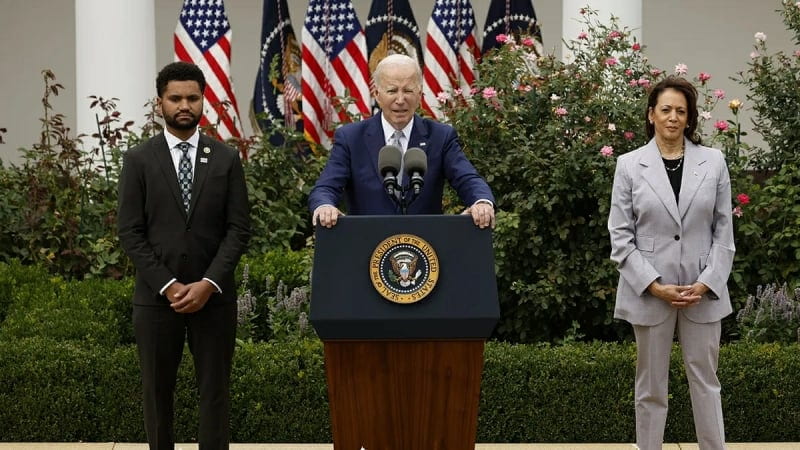
Through the establishment of the Office of Gun Violence Prevention, the Biden administration hopes to expand upon the progress made towards preventing gun violence, like the passing of the Bipartisan Safer Communities Act. As of January 25, 2024, the Biden administration has announced new initiatives to promote the safe storage of firearms. Jill Biden and Education Secretary Miguel Cardona have worked together to spread awareness about how important safe storage is, especially because most firearms—approximately 76%—used in school shootings are acquired from the shooter’s home.
